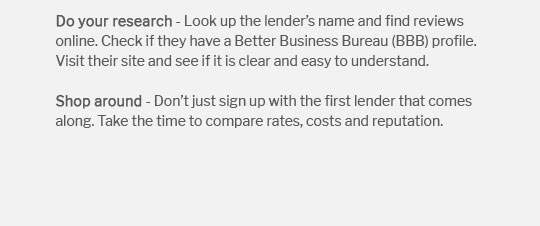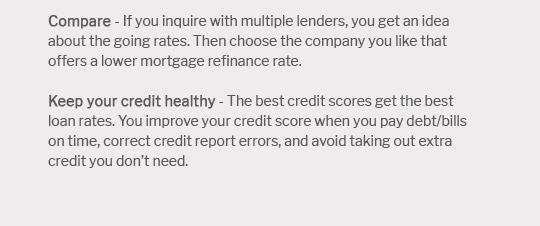 |
|||
 |
 |
 |
||
|---|---|---|
 |
||
 |
||
 |
||
 |
||
 |
||
 |
||
 |
 |
 |
 |
Refinance Existing Home Loan: A Comprehensive Guide to Lowering Your Mortgage CostsUnderstanding the Basics of RefinancingRefinancing your existing home loan can be a strategic move to reduce your monthly payments, secure a lower interest rate, or adjust the terms of your mortgage. By replacing your current mortgage with a new one, you can potentially save thousands over the life of the loan. Key Reasons to Refinance
Steps to Refinance Your Home Loan
Potential Drawbacks of RefinancingWhile refinancing can offer numerous benefits, it’s important to consider potential drawbacks. Closing costs can be significant, and if you extend your loan term, you may end up paying more in interest over time. It’s crucial to perform a break-even analysis to understand how long it will take to recoup the costs of refinancing. Additional ResourcesFor more information on mortgage options, explore rental property mortgage rates which can provide insights into current market trends. FAQs About RefinancingWhat are the typical costs associated with refinancing?Refinancing costs typically include application fees, appraisal fees, title insurance, and closing costs. These can range from 2% to 5% of the loan amount. How does refinancing affect my credit score?Refinancing can temporarily lower your credit score due to the hard inquiry and the new account opening. However, if managed well, it can improve your score over time by reducing your debt-to-income ratio. Is it possible to refinance with bad credit?Yes, it is possible, but the terms may not be as favorable. You may need to explore options like FHA loans or consult with lenders specializing in bad credit refinancing. https://www.embracehomeloans.com/refinance
Refinancing is replacing your existing mortgage with a new and improved one. There are several types of refinance loans, each with its own benefits. https://www.thetruthaboutmortgage.com/how-does-refinancing-work/
As noted, a mortgage refinance is essentially a trade-in of your existing home loan for a new one. You are under no obligation to keep your loan ... https://capitalbankmd.com/homeloans/resources/home-loans-101-blog/refinance/when-does-it-make-sense-to-refinance/
A cash-out refinance is when you get a ...
|
|---|